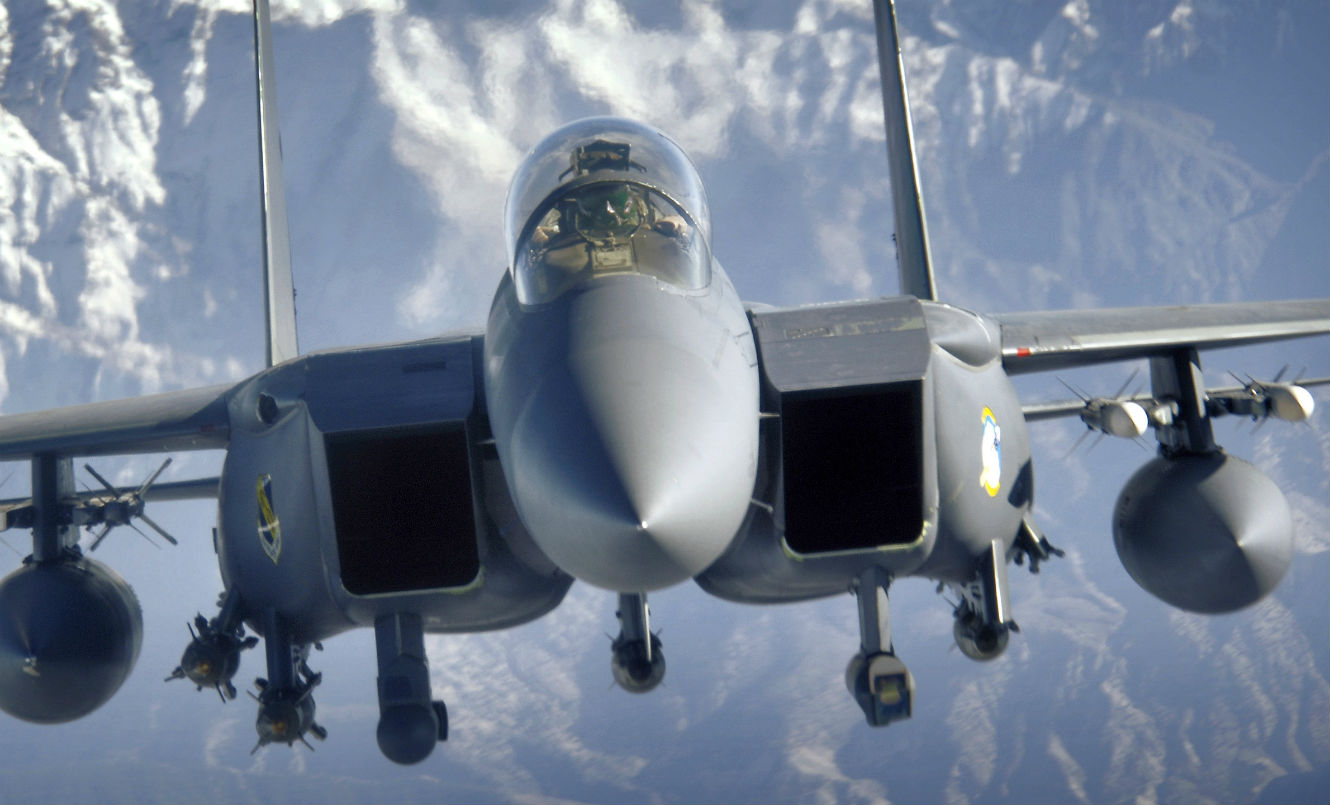http://swarajyamag.com/culture/swami-vivekanandas-vision-of-universal-religion-and-the-west
Ram Madhav - Jan 12, 2017,
Even after over a century since his demise, Vivekananda is still considered as the most powerful youth icon and an inspiration to the country.
In his day, he propagated the idea of a ‘universal religion’ and equated it with Vedanta.
He was also a channel -- one of the best, even -- for Indians to learn about and understand the real India.
The very name of Swami Vivekananda sends through us a stirring current of strength. “I am one of the proudest men ever born” he proclaimed while speaking about his Hindu roots, “but let me tell you frankly, it is not for myself, but on account of my ancestry.”
Only the sinners live long, goes an adage. It shouldn’t be taken to mean that all those who live long are sinners. But the reverse of it is also equally true. Lives of many great men are shorter. Adi Shankara, for instance, lived for only three decades. Shivaji died at the age of 51. Similarly, Vivekananda’s life was short. Born in 1863, he died at a very young age of 39, in 1902. But the amount of good work that he did in such a short period can be gauged from the fact that even after over a century since his demise, he is still considered as the most powerful youth icon and an inspiration to the country.
Among his contemporaries was Mahatma Gandhi, though they never met. On a visit to the Ramakrishna Mutt at Belur, which was founded by Vivekananda, Gandhi claimed that his patriotism grew a thousand-fold after reading Vivekananda.
I have gone through his works very thoroughly, and after having gone through them, the love that I had for my country became a thousand-fold.Mahatma Gandhi
Romain Rolland, renowned French philosopher and Nobel prize winner, had authored a biography of Vivekananda. He had boundless admiration for Swamiji.





